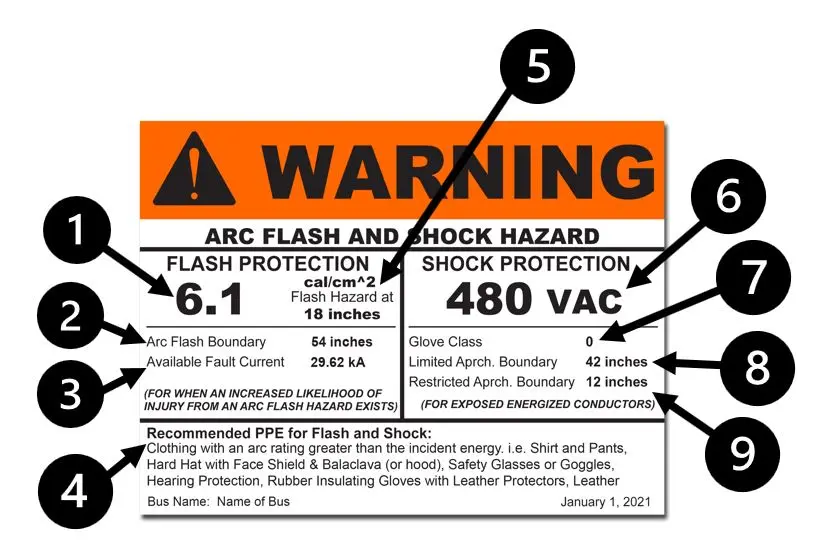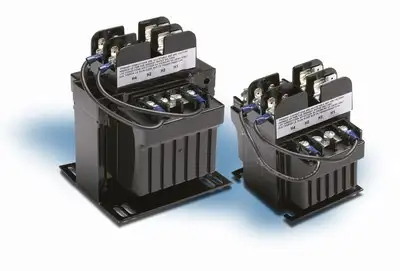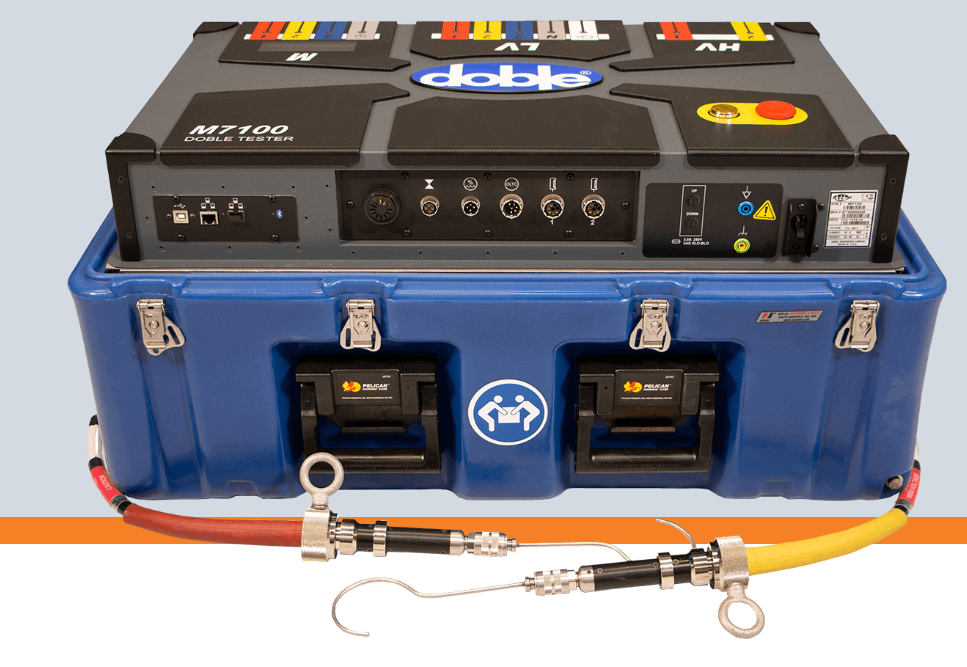Arc Flash Rating
By R.W. Hurst, Editor

CSA Z462 Arc Flash Training - Electrical Safety Essentials
Our customized live online or in‑person group training can be delivered to your staff at your location.

- Live Online
- 6 hours Instructor-led
- Group Training Available
Download Our NFPA 70E Fact Sheet – 2024 Electrical Safety Edition

- Understand how NFPA 70E works with NEC and NFPA 70B standards
- Clarify the shared responsibility between employers and employees
- Learn how NFPA 70E supports OSHA compliance
Arc flash rating defines PPE levels by incident energy per NFPA 70E and IEEE 1584, using ATPV in cal/cm² to guide hazard analysis, working distance, and protective clothing selection for electrical safety.
What Is an Arc Flash Rating?
Arc flash rating quantifies incident energy to specify PPE and clothing ATPV per NFPA 70E for electrical work.
✅ Measures incident energy in cal/cm² for PPE selection
✅ Based on NFPA 70E and IEEE 1584 arc flash studies
✅ Tied to ATPV, CAT levels, working distance, fault current
Arc flash rating is a critical parameter in electrical safety, indicating the level of protection provided by personal protective equipment (PPE) against the thermal energy released during an explosive event. Understanding this is essential for selecting appropriate PPE and ensuring the safety of workers exposed to arc flash hazards. For a practical overview of garment types and selection tips, see the guide on arc-rated clothing to align PPE choices with hazard levels.
What Affects Arc Flash Rating?
Several factors influence the rating of protective clothing and equipment:
-
Material Composition: The fabric's inherent flame-resistant properties and how it reacts under high temperatures significantly impact the rating. Arc-rated AR clothing must be made from materials that do not melt, drip, or ignite when exposed to an electrical explosion. Manufacturers' datasheets and this primer on arc flash clothing can help verify fiber blends and FR treatments.
-
Layers of Protection: Additional layers of protective clothing, such as long sleeve shirts, PPE suits, and face shields, can enhance the overall rating. These layers provide multiple barriers to thermal energy, increasing the protection level. Selecting complementary arc flash gear ensures garments, hoods, and face shields work as an integrated system.
-
Arc Thermal Performance Value (ATPV): The ATPV is the minimum arc thermal performance value required to protect against a specific incident energy level. For instance, the category 4 minimum arc rating requires an ATPV of at least 40 cal/cm², offering the highest level of protection. When comparing garments within the same category, consult summaries of arc flash rated clothing to understand how ATPV is validated across products.
Test Your Knowledge About Arc Flash!
Think you know Arc Flash? Take our quick, interactive quiz and test your knowledge in minutes.
- Instantly see your results and score
- Identify strengths and areas for improvement
- Challenge yourself on real-world electrical topics
What are the Three Main Factors in a Risk Assessment?
An AF risk assessment evaluates the potential hazards and determines the necessary protective measures. The three main factors considered are:
-
Incident Energy: This measures the energy released during an electrical explosion, typically expressed in calories per square centimeter (cal/cm²). Higher incident energy levels require PPE with higher ratings to prevent degree burns. Mapping calculated incident energy to the appropriate arc flash PPE category helps prevent under- or over-protection.
-
Working Distance: The distance between the worker and the potential electrical explosion. Standard assessments often use a working distance of 18 inches. Closer working distances increase the exposure to thermal energy, necessitating more robust protection. Practical selection examples for tradespeople are outlined in this guide to arc flash clothing for electricians to support task-based assessments.
-
Protective Devices: The performance and response time of protective devices such as circuit breakers and fuses. Faster response times reduce the duration of the electrical explosion, thereby lowering the incident energy and reducing the risk to workers. Reduced clearing times may allow lighter-weight PPE for arc flash while maintaining compliance margins.
How is Arc Flash Rating Determined?
The rating of PPE is determined through rigorous testing and standards compliance:
-
Testing Procedures: Arc-rated AR clothing undergoes standardized testing to measure its ATPV. This involves subjecting the fabric to controlled AF events and measuring the energy level at which the material prevents a second-degree burn.
-
NFPA 70E Standards: The National Fire Protection Association (NFPA) 70E provides guidelines and requirements for PPE. Compliance with these standards ensures that the clothing meets minimum arc thermal performance values and provides adequate protection.
-
Certification: Manufacturers must certify their products through recognized testing organizations. This certification process includes verifying that the PPE meets the minimum arc rating requirements and performs effectively under AF conditions.
What are the Requirements for Arc Flash Rating?
To achieve a specific rating, PPE must meet several stringent requirements:
-
Minimum Arc Rating: The clothing must have a minimum arc rating appropriate for the expected incident energy exposure. For example, PPE with a minimum arc rating of 25 cal/cm² is suitable for environments with moderate risk, while a minimum arc rating of 40 cal/cm² is required for high-risk scenarios, offering the highest level of protection.
-
Compliance with NFPA 70E: All PPE must comply with NFPA 70E standards, which outline the testing, performance, and labeling requirements for protective clothing.
-
Durability and Performance: The clothing must be durable and maintain its protective properties over time. Regular inspections and proper maintenance are essential to ensure continued compliance with safety standards.
-
Labeling: PPE must be clearly labeled with its rating, ATPV, and compliance information. This labeling ensures that workers can easily identify the appropriate level of protection required for their tasks.
Requirements for Arc Flash Rating
NFPA 70E, the standard for electrical safety in the workplace, outlines the requirements for rated PPE. It specifies different PPE categories based on the incident energy level, with each category requiring a minimum arc rating:
- Category 1: Minimum arc rating of 4 cal/cm²
- Category 2: Minimum arc rating of 8 cal/cm²
- Category 3: Minimum arc rating of 25 cal/cm²
- Category 4: Minimum arc rating of 40 cal/cm²
Each category also specifies the type of PPE required, such as long-sleeved shirts, pants, coveralls, or suits, along with additional protective gear like face shields and gloves.
PPE Categories and Protection Levels
The higher the PPE category, the higher the level of protection offered. For example, Category 4 PPE provides the highest level of protection, suitable for environments with incident energy levels exceeding 40 cal/cm². This category typically involves multiple layers of protection, including a suit, hood, and gloves.
FREE EF Electrical Training Catalog
Download our FREE Electrical Training Catalog and explore a full range of expert-led electrical training courses.

- Live online and in-person courses available
- Real-time instruction with Q&A from industry experts
- Flexible scheduling for your convenience
Understanding the factors that affect ratings, the elements of a comprehensive risk assessment, and the requirements for achieving these ratings is crucial for ensuring electrical safety. By adhering to NFPA 70E standards and selecting PPE with appropriate arc ratings; organizations can protect their workers from the severe hazards associated with AF events. Proper training, maintenance, and compliance are essential to maintaining a safe working environment and minimizing the risks of electrical injuries.







